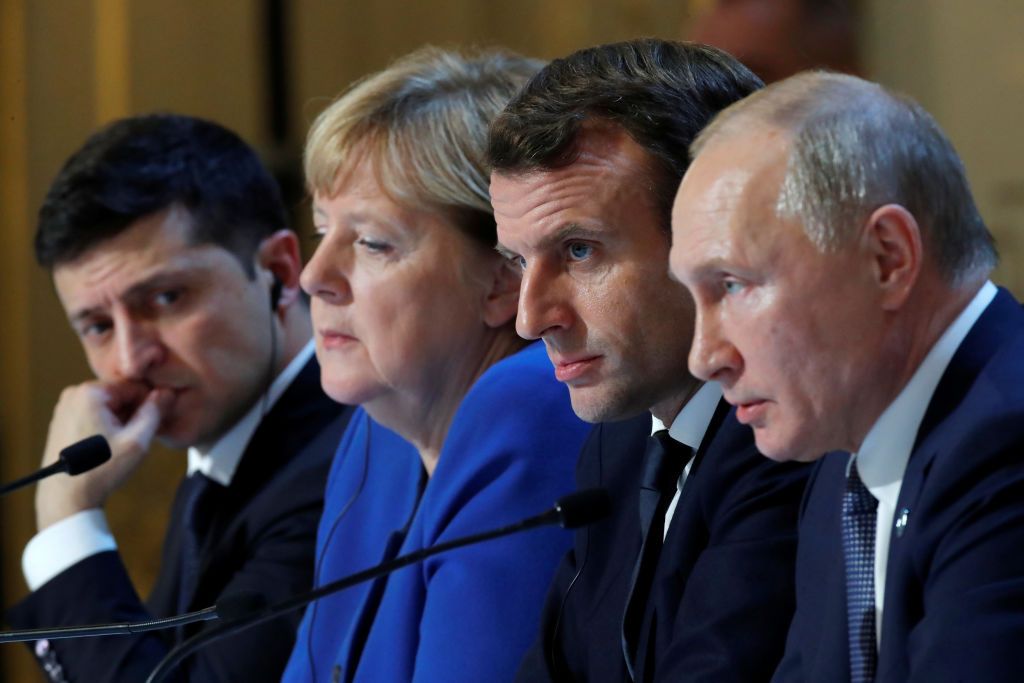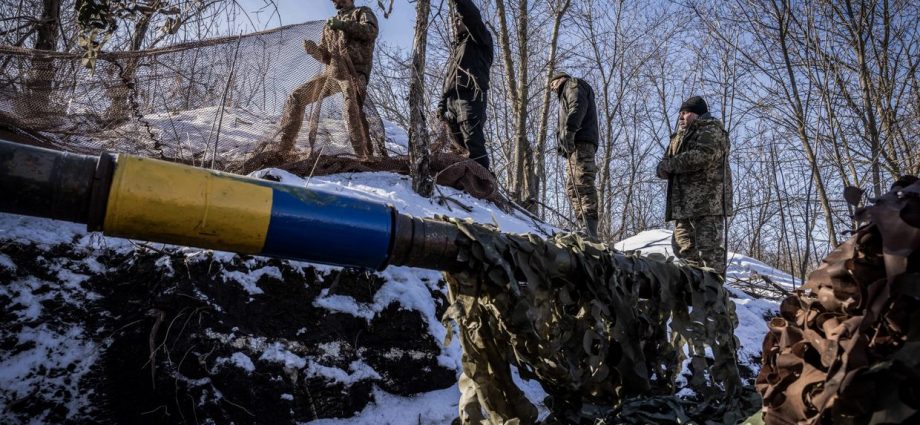After three days of separate intensive discussions with the United States, Russia and Ukraine left the latest round of ceasefire talks in Saudi Arabia with agreements to declare a limited ceasefire in the Black Sea and to halt strikes against energy facilities.
While lauded by the White House as progress in U.S. President Donald Trump’s pledge to bring a swift end to Russia’s full-scale invasion, it’s still a long way from a full ceasefire and an end to the fighting.
Who has agreed to a full ceasefire?
Ukraine already agreed to a U.S.-proposed full 30-day ceasefire, saying on March 11 that Kyiv was ready to take such a step if Russia also agreed to the terms.
So far, Russia has refused.
In response to the March 11 U.S.-backed ceasefire agreement, the Kremlin demanded a halt to American military aid to Ukraine, limits on the size of the Ukrainian military, and that Kyiv end mobilization — terms that are widely considered a capitulation of Ukraine.
Russia has since intentionally stalled talks for a ceasefire or peace deal, hoping to seize additional Ukrainian land and gain leverage while it has a strong hand on the battlefield, the Moscow Times reported, citing unnamed Russian officials.
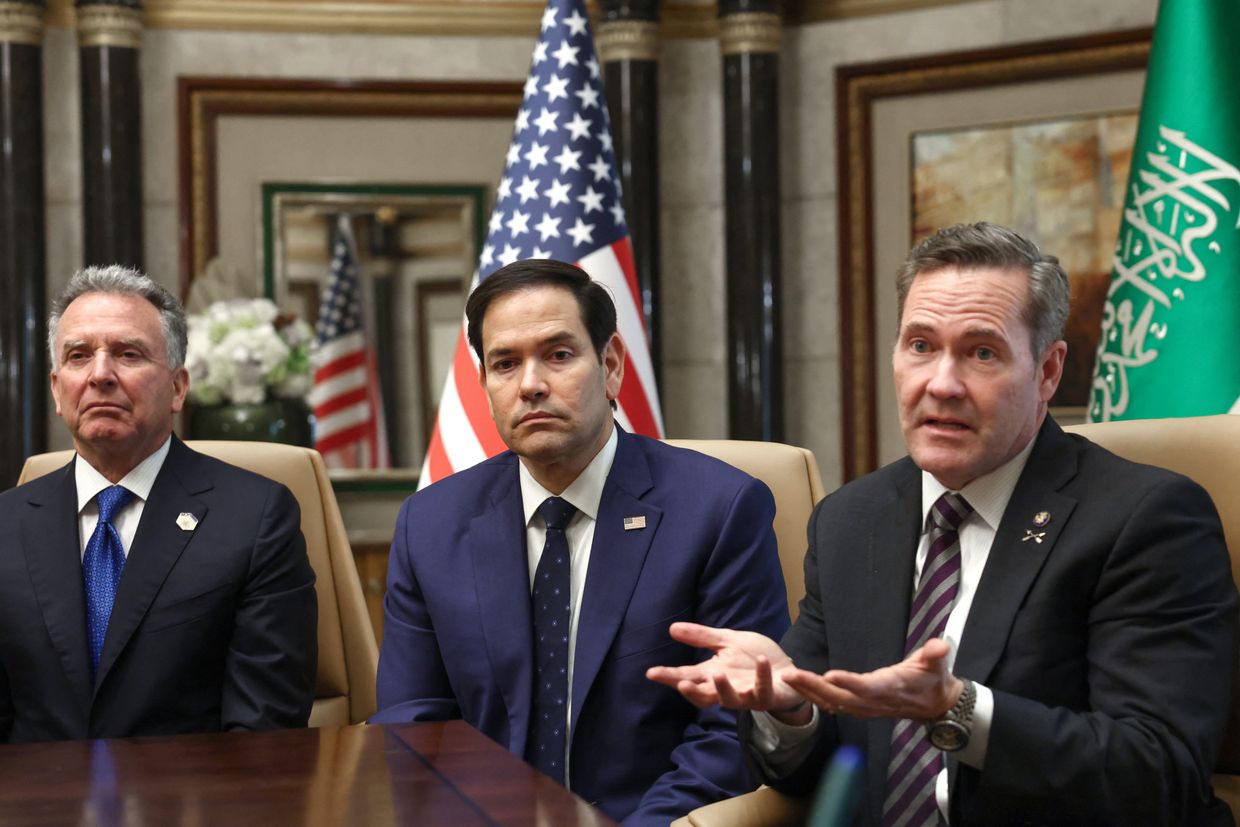
After U.S. Secretary of State Marco Rubio initially assessed on March 12 that a temporary ceasefire deal could be struck “within days,” the administration later walked that back to “weeks” after Russia refused the proposal.
An intelligence assessment published March 25 found that Ukraine and Russia may both prefer to prolong the war rather than finalize a peace deal that the two sides see as unfavorable, Bloomberg reported.
What have Russia and Ukraine agreed to so far?
The two separate deals struck March 25 on maritime and energy attacks could be the first major breakthrough in negotiations. However, it is still unclear how the deals will be carried out and whether the sides will stick to the agreements.
According to the two separate White House statements, all parties on March 25 agreed “to ensure safe navigation, eliminate the use of force, and prevent the use of commercial vessels for military purposes in the Black Sea.”
In return, the “United States will help restore Russia’s access to the world market for agricultural and fertilizer exports, lower maritime insurance costs, and enhance access to ports and payment systems for such transactions.”
Many experts believe that the deal favors Russia, particularly because of the concessions made to Russia and the lack of protection for Ukrainian port infrastructure.
Is Russia serious about these partial ceasefires?
Russia’s commitment to the deal was in doubt after a statement from the Kremlin said that the Black Sea ceasefire would take effect only after additional Western sanctions were lifted on financial organizations involved in food trade operations and on food producers and exporters.
These conditions were not mentioned in statements from the U.S. or Ukraine. President Volodymyr Zelensky said the partial ceasefire should take effect on March 25.
In response, President Zelensky accused Russia of deception and manipulating the conditions already agreed to.
The deal on energy strikes is not without dispute, either.
Strikes on energy facilities have been a key tactic for both sides in the war. Russian forces have regularly hit civilian infrastructure with missiles and drones, leaving large portions of Ukraine without power. Ukraine has used long-range strikes on Russian oil refineries to disable a crucial source of income that Russia uses to fund its war.
All parties agreed to “develop measures for implementing” an agreed-upon ban on striking energy facilities in Russia and Ukraine.
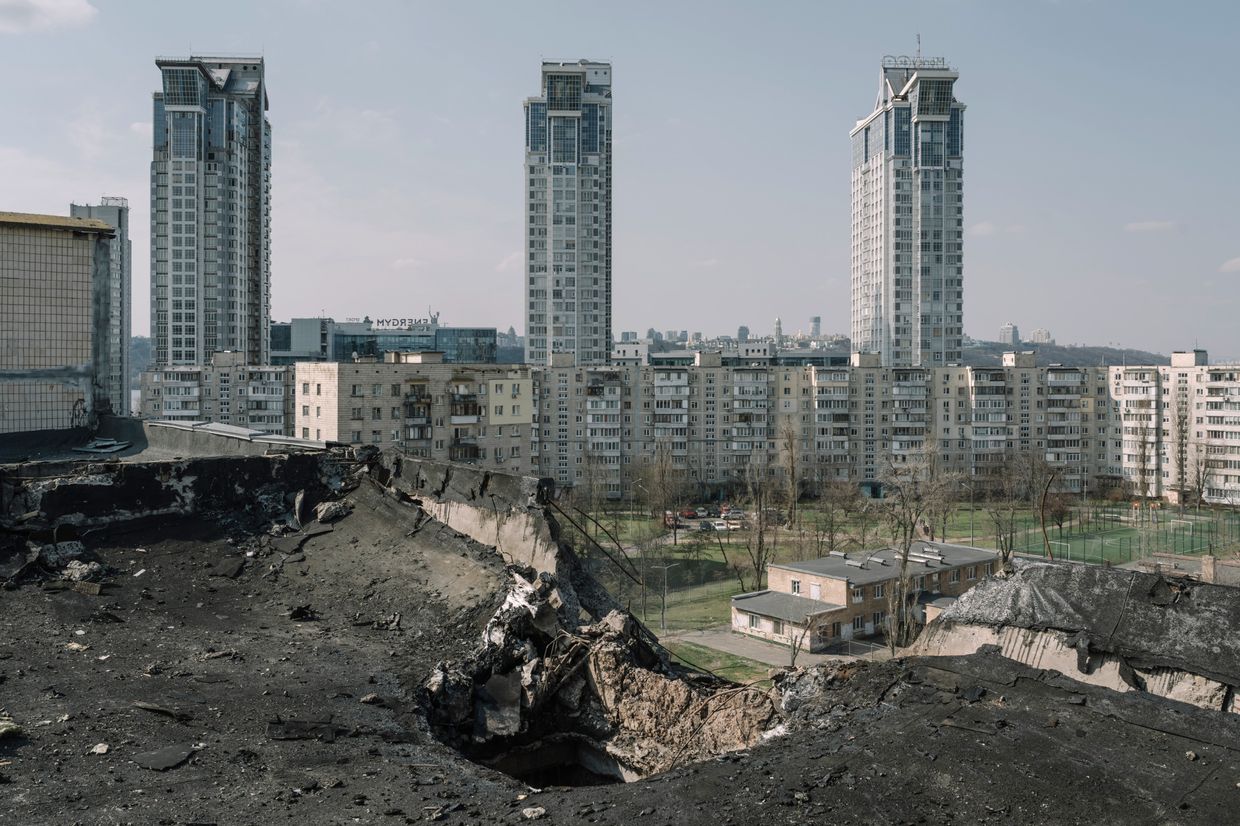
A Kremlin statement said that it had agreed with the U.S. to a list of facilities that are exempt from strikes, including oil refineries, power plants, substations, transformers, oil and gas pipelines, and storage facilities.
While both sides would benefit from a stop to energy strikes, Russia claimed that the end of energy strikes had already begun on March 18, while Zelensky said it should begin March 25.
On March 18, Russian President Vladimir Putin said that he had ordered a 30-day pause on strikes against energy facilities after rejecting a broader stop to military operations during a phone call with U.S. President Donald Trump.
Presidential advisor Dmytro Lytvyn said Ukraine had recorded eight confirmed hits on energy infrastructure since that phone call, though he did not provide details.
What has Russia conceded so far?
The U.S. does not appear to have extracted any significant concessions from Russia.
In fact, in response to questions from reporters, Trump on March 25 said he was “looking at” lifting additional sanctions on Russia to secure the Black Sea ceasefire.
And while its statement about talks with Ukraine notes that the U.S. remains “committed” to exchanging prisoners of war, releasing civilian detainees, and returning Ukrainian children forcibly kidnapped, its separate statement on talks with Russia does not touch on these topics.
In stark contrast, Trump has repeatedly increased pressure on Ukraine to make concessions, including by crippling Ukraine’s battlefield capabilities by pausing military aid and intelligence sharing.
And then there was the hostile meeting broadcast around the world between Zelensky and Trump in the Oval Office, where Trump berated Zelensky for “not being grateful” enough for U.S. military aid.
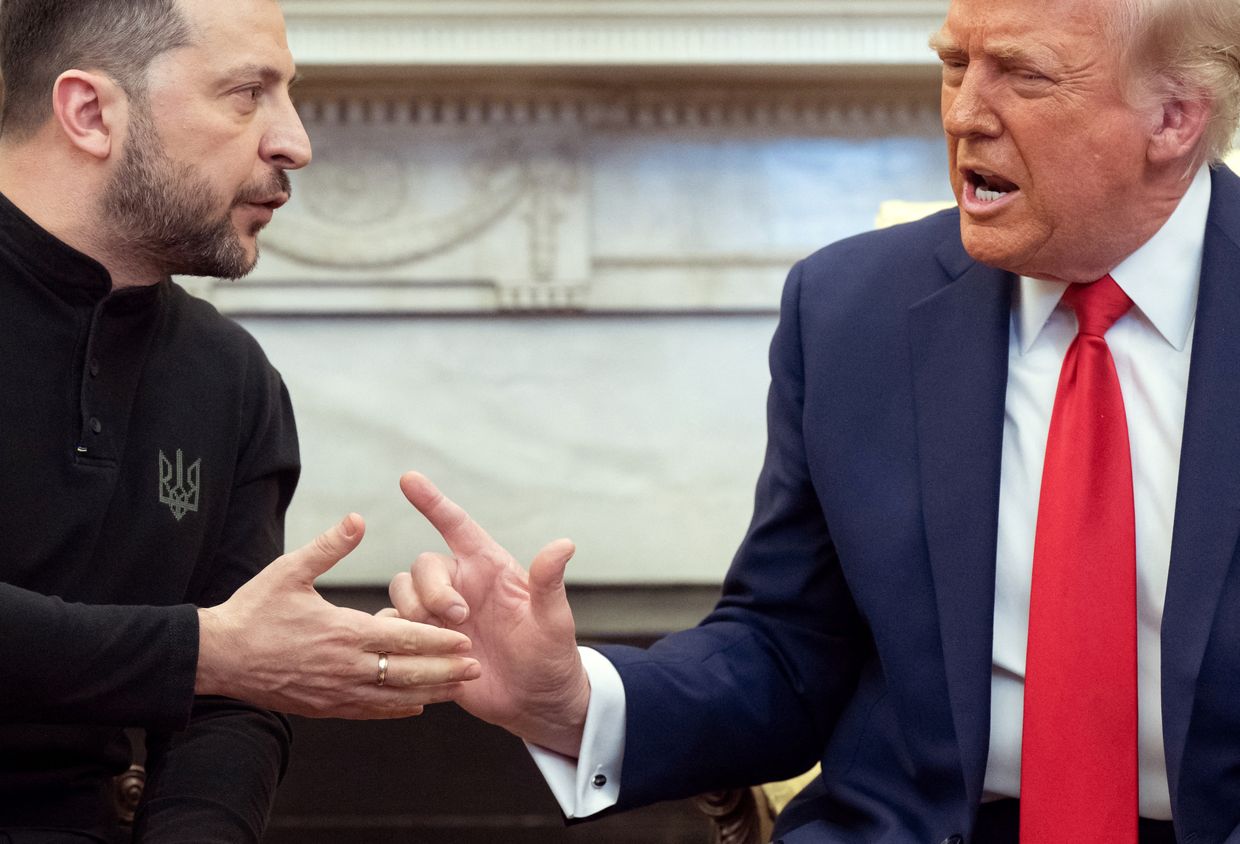
What is Russia demanding?
Russia refused to sign the U.S.’s initial ceasefire proposal if it did not receive guarantees in exchange that Ukraine would receive no military aid and would not mobilize troops during the pause.
Moscow has so far held to its maximalist demands while avoiding increases in pressure from Trump. Its repeated demands for further concessions from Ukraine and the U.S. have mostly been met with compromises or further talks.
Among Moscow’s demands for a peace deal to end the war are the complete relinquishing by Ukraine of four oblasts — Luhansk, Donetsk, Zaporizhzhia, and Kherson. These oblasts contain wide swathes of territory that Ukraine currently controls, including the regional capitals of Zaporizhzhia and Kherson.
While Ukraine has signaled it is open to making territorial concessions by freezing the conflict along current battle lines, surrendering additional land to Russia is off the table, officials have said. Additionally, Ukraine will not officially recognize any occupied territory as part of Russia.

Other sticking points between the two countries include Ukraine’s right to choose alliances and restrictions on Ukraine’s militarization.
In a recent interview with RBC-Ukraine, Foreign Minister Andrii Sybiha emphasized that other countries should not have veto power over Ukraine’s desire to join NATO and the EU. Russia has pushed for guarantees that Ukraine will be barred from joining NATO.
Can a full ceasefire still be achieved?
Progress remains slow on a broader ceasefire or peace deal between Russia and Ukraine, with both countries holding positions that the other side considers non-starters.
While the United States has been pushing both sides to agree to a 30-day ceasefire covering all combat operations, it has acknowledged difficulties in reaching a deal.
How much patience Trump has with Putin remains to be seen, but some small cracks are beginning to show.
Asked by a reporter on March 25 whether he believes Russia “wants to see an end” to the full-scale war, Trump said, “I don’t know. I mean, I’ll let you know at a certain point. But I think that Russia wants to see an end to it, but it could be they’re dragging their feet.”
Russia’s history of violating ceasefire agreements in Ukraine
As U.S. President Donald Trump continues to push for a swift end to the war in Ukraine, fears are mounting that Kyiv could be forced to accept a peace deal on unfavorable terms, and that will leave it vulnerable to future Russian attacks. The fears aren’t unfounded. After Russia
